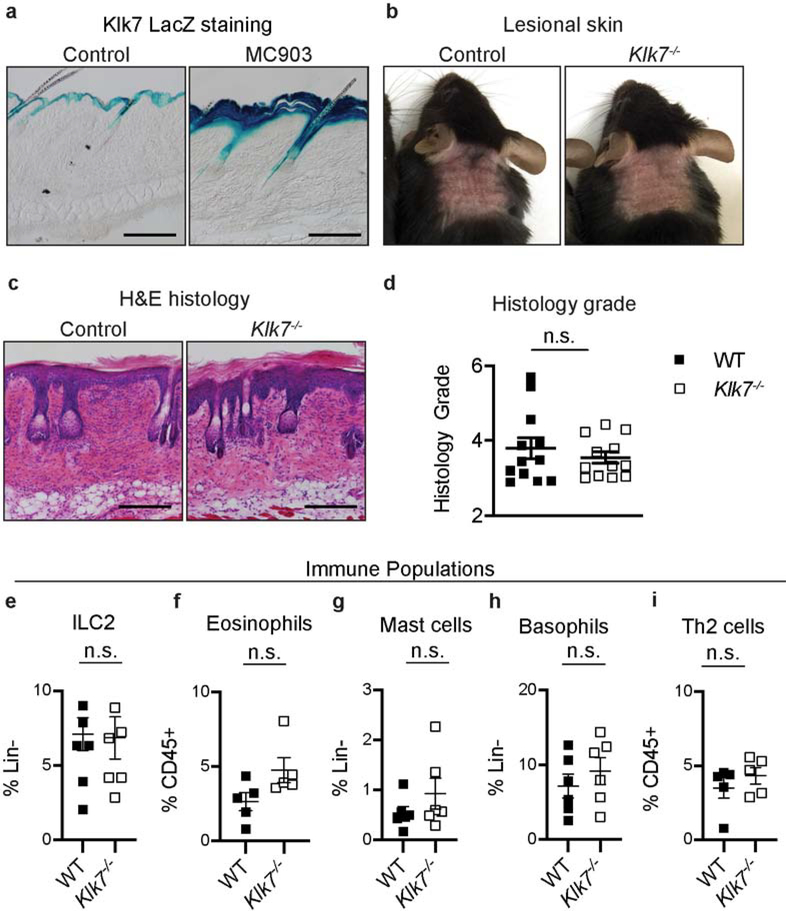Figure 3. KLK7 deficiency does not cause defects in AD-associated immune response.
a. X-gal staining of control untreated nape skin from Klk7LacZ mice and after treatment with MC903. b. Representative images of AD-like disease induction in control wild-type (WT) and Klk7−/− mice after 6 days of MC903 treatment; n > 8 mice per group. c. Representative H&E-stained sections of MC903-treated skin of control and Klk7−/− mice; n = 4 mice per group. d. Histological grading of H&E-stained sections of control and Klk7−/− mouse skin; n = 4 mice per group. e-i. Flow cytometric analysis of AD-associated e. ILC2, f. eosinophil, g. mast cell, h. basophil, and i. Th2 cell frequency in MC903-treated nape skin from control and Klk7−/− mice on day 6 of treatment; n = 5 mice per group. Error bars represent SEM. n.s. no significance. The scale bars represent 200 μm.

